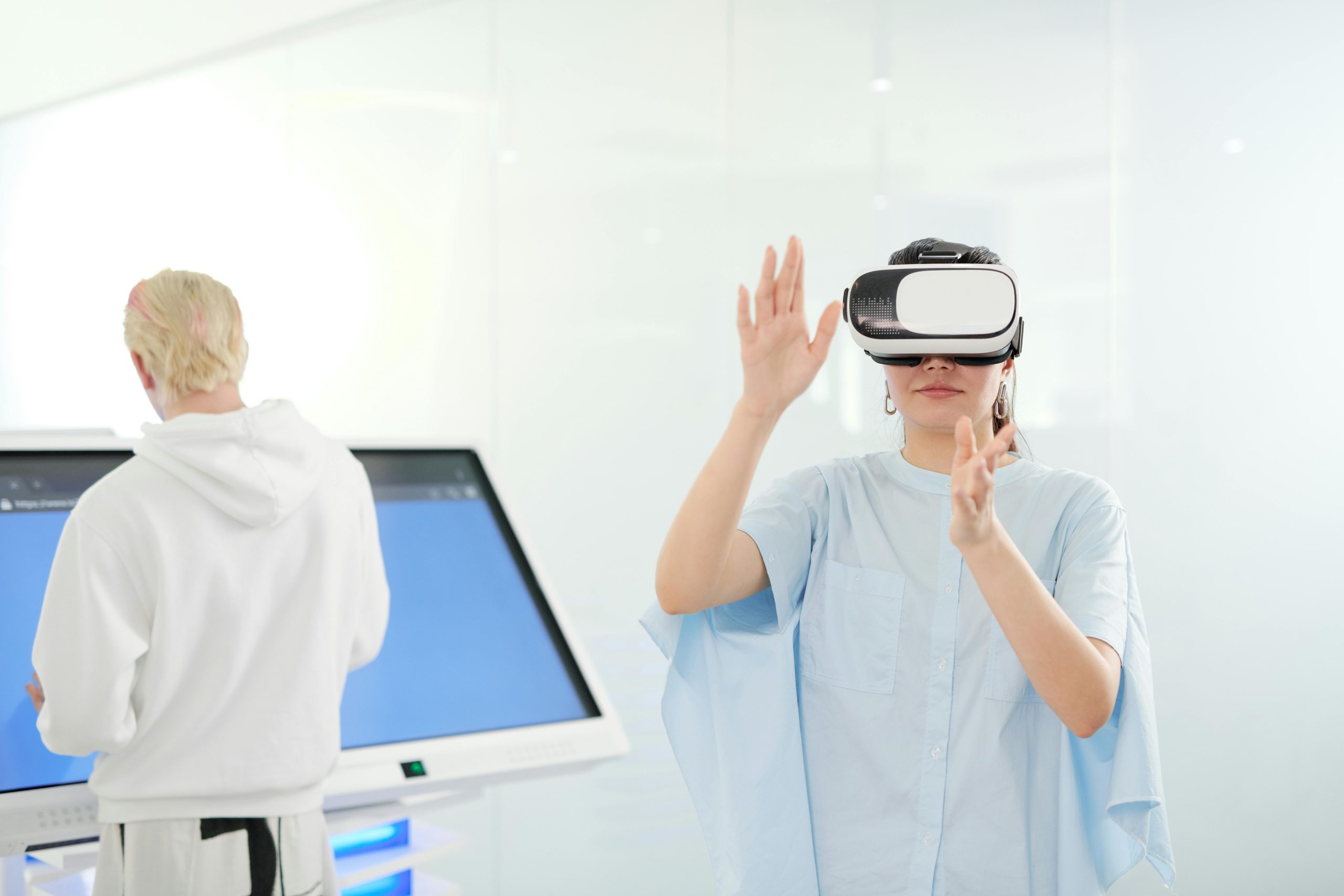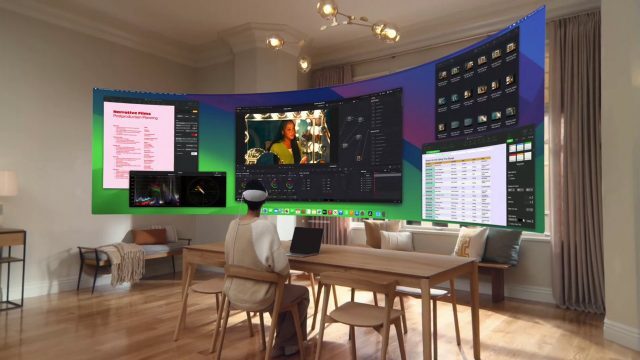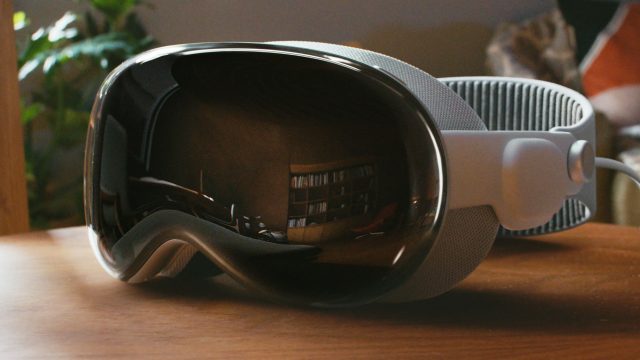Virtual Reality in Medical Education
In recent years, virtual reality (VR) technology has emerged as a powerful tool in medical education. This innovative technology offers immersive and interactive learning experiences that can enhance the training of healthcare professionals. By simulating realistic medical scenarios, VR enables students to practice procedures, surgeries, and diagnoses in a safe and controlled environment. This hands-on learning approach not only improves students’ technical skills but also increases their confidence and readiness for real-life clinical settings.
Moreover, virtual reality in medical education can bridge the gap between theoretical knowledge and practical application. With VR simulations, students can visualize complex anatomical structures in 3D, explore disease pathologies in detail, and understand the dynamics of human physiology in a way that traditional teaching methods cannot replicate. This visual and interactive learning experience not only enhances students’ cognitive understanding but also fosters better retention of information, ultimately leading to improved clinical competency and patient care outcomes.

Enhancing Surgical Training with Virtual Reality
Surgical training has significantly evolved with the integration of virtual reality (VR) technology. Surgeons can now practice and refine their skills in a simulated environment that closely mimics real surgical scenarios. These VR simulations allow trainees to perform procedures repeatedly, gaining valuable experience and confidence before operating on actual patients. By providing a safe and controlled environment for learning, VR enhances the training process and helps reduce the risks associated with traditional surgical training methods.
Additionally, VR in surgical training offers a level of interactivity and engagement that is unparalleled. Trainees can manipulate virtual organs, instruments, and anatomical structures in real-time, allowing for a hands-on learning experience that promotes greater understanding of complex surgical procedures. This immersive learning environment not only improves technical skills but also fosters critical thinking and decision-making abilities essential for successful surgery.
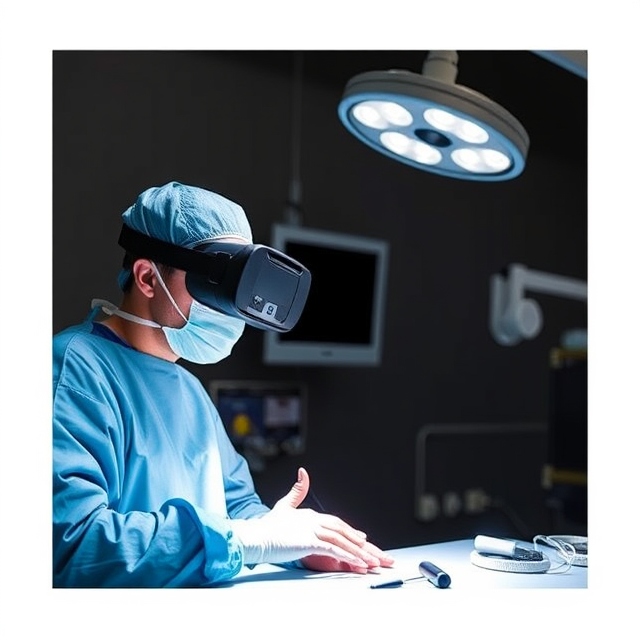
Improving Patient Care through Virtual Reality Technology
Virtual reality technology has emerged as a promising tool in improving patient care across various healthcare settings. By immersing patients in a virtual environment, this technology can help alleviate stress and anxiety before medical procedures, ultimately enhancing the overall experience for patients. For instance, virtual reality simulations can be used to distract patients during painful treatments or diagnostic tests, making the process more bearable and reducing the need for sedation.
Furthermore, virtual reality technology can also be utilized in patient education, allowing individuals to better understand their medical conditions and treatment options. Through interactive virtual experiences, patients can explore the human body, visualize the effects of certain diseases, and engage in realistic scenarios to gain insights into managing their health. This immersive and interactive approach not only empowers patients to take an active role in their care but also fosters better communication with healthcare providers, leading to improved outcomes and overall satisfaction.
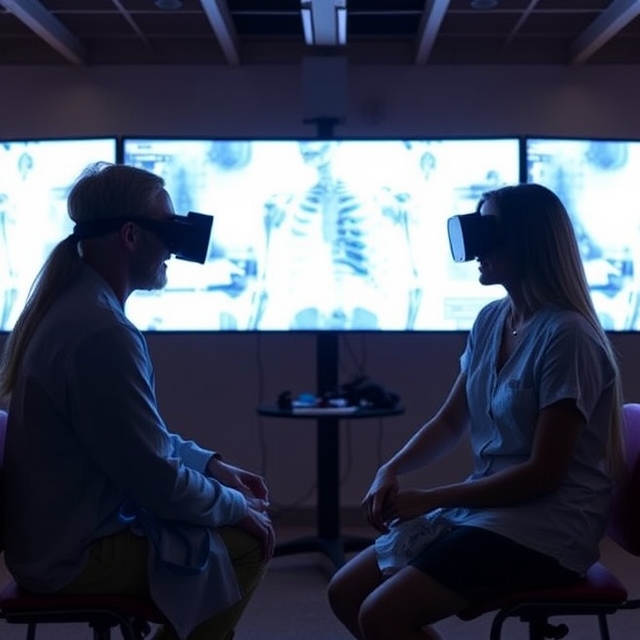
Virtual Reality Simulations for Medical Procedures
Virtual reality simulations have revolutionized the way medical procedures are taught and practiced. By immersing healthcare professionals in realistic scenarios, these simulations provide a hands-on, interactive learning experience that enhances skills and decision-making abilities. Surgeons can practice complex procedures in a virtual environment, improving their precision and confidence before performing the actual surgery on patients.
Furthermore, virtual reality simulations allow medical professionals to train for rare or high-risk procedures without putting real patients at risk. This technology also enables students to repeat procedures as many times as needed to perfect their technique, leading to better outcomes and reduced medical errors. Overall, virtual reality simulations for medical procedures are proving to be a valuable tool in advancing the training and skills of healthcare professionals.
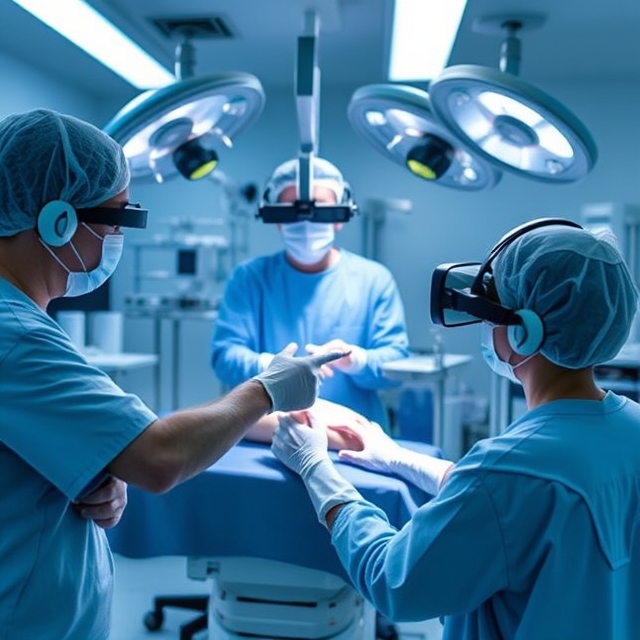
The Impact of Virtual Reality on Healthcare Professionals
Virtual reality (VR) technology has revolutionized medical education and training by providing healthcare professionals with realistic and immersive simulation experiences. By incorporating VR into their training programs, healthcare professionals can enhance their procedural skills and decision-making abilities in a safe and controlled environment. This allows them to practice various medical procedures repeatedly, leading to increased confidence and proficiency when treating real patients.
Moreover, the use of VR in healthcare has also proven to be beneficial in reducing medical errors and improving patient outcomes. Healthcare professionals who have been trained using VR simulations have shown higher levels of competence and efficiency in their clinical practice. This not only enhances the quality of care provided to patients but also contributes to overall patient safety and satisfaction.
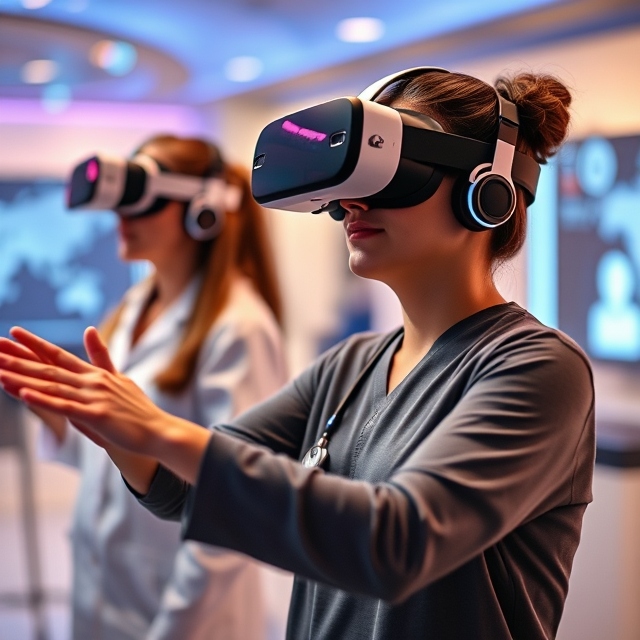
Virtual Reality for Pain Management in Healthcare
Virtual reality (VR) technology has become increasingly popular in the healthcare sector, with promising applications in pain management. By immersing patients in a virtual environment, VR can help distract them from their pain perception during medical procedures or chronic conditions. Studies have shown that VR interventions can significantly reduce pain intensity and distress levels, making it a valuable tool in holistic patient care.
Moreover, virtual reality for pain management in healthcare not only offers a drug-free alternative for pain relief but also has the potential to improve patient outcomes and satisfaction. The immersive and interactive nature of VR experiences can engage and entertain patients, promoting relaxation and reducing anxiety associated with painful treatments. In this way, VR opens up new avenues for innovative pain management strategies that prioritize patient comfort and well-being.

Virtual Reality Applications in Medical Imaging
Virtual reality technology has revolutionized the field of medical imaging, offering a novel approach to visualizing complex anatomical structures and medical conditions. By immersing healthcare professionals in realistic 3D simulations, virtual reality applications provide a unique opportunity to explore the intricacies of the human body in a dynamic and interactive way. Through virtual reality, medical imaging data can be transformed into immersive experiences that enhance understanding, improve diagnostic accuracy, and facilitate surgical planning with greater precision.
The integration of virtual reality into medical imaging not only enhances the educational experience for healthcare professionals but also contributes to more effective patient care. By allowing physicians to interact with volumetric representations of patient-specific data, virtual reality applications enable better comprehension of anatomical relationships and pathology. This immersive technology has the potential to revolutionize medical imaging practices, offering a new dimension to the interpretation of complex medical images and promoting more accurate diagnosis and treatment planning.
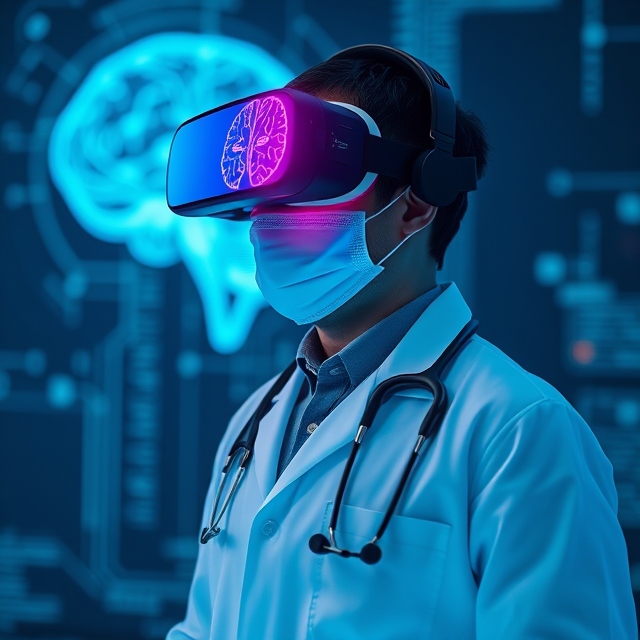
Enhancing Medical Diagnosis with Virtual Reality
Virtual reality (VR) technology has revolutionized the field of medical diagnosis by providing healthcare professionals with immersive and interactive tools to enhance their diagnostic capabilities. By creating realistic 3D models of anatomical structures and simulated medical scenarios, VR allows clinicians to visualize complex medical conditions in a more intuitive and comprehensive manner. This not only aids in the accurate diagnosis of diseases but also enables physicians to plan and strategize treatment approaches more effectively.
Moreover, VR enhances medical diagnosis by enabling medical professionals to practice and refine their diagnostic skills in a risk-free virtual environment. By simulating a wide range of medical cases and scenarios, VR helps clinicians develop their expertise and decision-making abilities, ultimately leading to improved patient outcomes. Additionally, VR technology allows for collaborative diagnostic sessions where multiple healthcare providers can work together in a virtual space, fostering knowledge sharing and interdisciplinary approaches to complex cases.

Virtual Reality for Physical Therapy and Rehabilitation
Virtual Reality for Physical Therapy and Rehabilitation offers an innovative approach to enhance patient outcomes and improve rehabilitation processes. By utilizing immersive VR environments, individuals undergoing physical therapy can engage in interactive exercises that simulate real-world scenarios, promoting movement and functionality. This technology allows therapists to create personalized rehabilitation programs tailored to each patient’s needs, facilitating a more efficient and effective recovery process.
Moreover, Virtual Reality for Physical Therapy and Rehabilitation has been shown to increase patient motivation and engagement, resulting in improved compliance with treatment protocols. The interactive nature of VR simulations can make therapy sessions more enjoyable and rewarding for patients, leading to better adherence to their rehabilitation plans. Additionally, virtual reality technology provides real-time feedback and progress tracking, allowing both patients and healthcare providers to monitor improvements and make necessary adjustments to optimize outcomes.
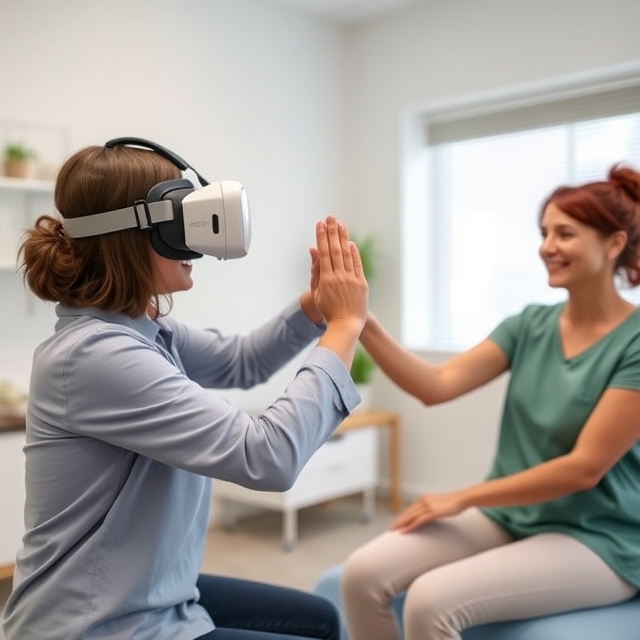
The Role of Virtual Reality in Mental Health Treatment
Virtual reality (VR) technology has emerged as a promising tool in the field of mental health treatment. By creating immersive and controlled environments, VR allows therapists to simulate various scenarios to help individuals confront and manage their fears, anxieties, and phobias. For example, exposure therapy can be conducted within a virtual environment, providing a safe space for patients to gradually face their triggers and work towards overcoming them.
Moreover, VR can be utilized in cognitive behavioral therapy (CBT) to challenge and reframe negative thoughts and beliefs. Through interactive sessions, patients can engage in activities that promote relaxation, mindfulness, and adaptive coping strategies. Virtual reality environments can be customized to suit the specific needs and challenges of each individual, offering a personalized approach to mental health treatment.
Benefits of Virtual Reality in Medical Education
Incorporating virtual reality (VR) technology into medical education offers a plethora of benefits for students and healthcare professionals alike. By immersing users in realistic scenarios and simulations, VR enhances the learning experience by providing hands-on training in a safe and controlled environment. This cutting-edge technology allows medical students to practice and refine their skills without the need for expensive equipment or risking patient safety.
Moreover, VR in medical education can improve retention and understanding of complex medical concepts through interactive and engaging experiences. Students can explore anatomy in 3D, perform virtual surgeries, and diagnose virtual patients, enhancing their critical thinking and problem-solving skills. The immersive nature of VR fosters deep learning experiences that can better prepare future healthcare professionals for real-life situations they may encounter in their careers.
Virtual Reality for Medical Research and Development
Virtual reality is revolutionizing the landscape of medical research and development by providing innovative tools for scientists and healthcare professionals. By utilizing VR technology, researchers can create realistic simulations and models to study complex medical phenomena in a more immersive and interactive way. These VR simulations allow for in-depth exploration of biological systems, drug interactions, and disease mechanisms that were previously limited by traditional 2D methods.
Moreover, virtual reality enables researchers to visualize and analyze data in a more intuitive and collaborative manner. Through VR platforms, medical teams can share and manipulate 3D data, enhancing their ability to conduct experiments, make discoveries, and design new treatment strategies. This integration of virtual reality in medical research not only accelerates the pace of scientific advancement but also offers a promising avenue for developing cutting-edge solutions to address healthcare challenges.

Virtual Reality in Telemedicine and Remote Healthcare
One significant application of virtual reality (VR) technology in healthcare is in the realm of telemedicine and remote healthcare. With the advancements in VR capabilities, healthcare providers can now offer virtual consultations and medical services to patients who are unable to physically visit a healthcare facility. Through immersive VR experiences, patients can interact with their healthcare providers in a realistic virtual environment, allowing for more personalized and efficient healthcare delivery.
Moreover, VR in telemedicine can also be utilized for training purposes, enabling healthcare professionals to participate in virtual medical simulations and practice complex procedures in a remote setting. This not only enhances their skills and proficiency but also increases access to specialized training opportunities, especially in underserved areas. Virtual reality in telemedicine has the potential to revolutionize the way healthcare is delivered, making it more accessible, convenient, and effective for both patients and healthcare providers alike.

Challenges and Limitations of Virtual Reality in Healthcare
One challenge facing the integration of virtual reality (VR) in healthcare is the initial cost involved in setting up VR systems and training medical professionals to use them effectively. The expense of developing high-quality VR simulations and ensuring compatibility with existing healthcare systems can be a significant barrier for many healthcare organizations, especially smaller facilities with limited budgets. Additionally, there may be ongoing costs associated with maintaining and updating VR technologies to keep pace with advancements in the field.
Another limitation of VR in healthcare is the need for rigorous validation and standardization of VR simulations to ensure their safety and efficacy for medical training and patient care. Developing guidelines and protocols for the use of VR in different medical specialties is crucial to guaranteeing its reliability and accuracy in clinical settings. Moreover, issues related to data privacy and security in the collection and storage of patient information during VR simulations need to be carefully addressed to maintain patient confidentiality and compliance with healthcare regulations.
The Future of Virtual Reality in Medical Training
Virtual reality (VR) has already revolutionized medical training, offering immersive experiences that enhance learning and skill development for healthcare professionals. Looking ahead, the future of VR in medical training holds even greater promise. As technology advances, VR simulations will become more realistic and customizable, allowing medical students and practitioners to practice a wide range of procedures in a safe and controlled environment.
With the integration of artificial intelligence (AI) and haptic feedback, VR training programs will offer personalized learning experiences tailored to the individual needs and skill levels of each user. This level of customization will enable healthcare professionals to refine their techniques, improve their decision-making abilities, and ultimately deliver higher quality care to patients. As VR continues to evolve, it will play an increasingly vital role in shaping the future of medical training, setting new standards for proficiency and excellence in healthcare practice.
Virtual Reality for Patient Education and Empowerment
Virtual reality (VR) technology is revolutionizing patient education by providing immersive and interactive experiences that enhance understanding and engagement. Patients can now visualize complex medical conditions, treatments, and procedures in a realistic 3D environment, empowering them to make more informed decisions about their health. By experiencing medical scenarios virtually, patients can alleviate anxieties, increase their confidence, and actively participate in their healthcare journey.
Moreover, VR enables healthcare providers to personalize educational content according to each patient’s needs and preferences. From demonstrating surgery techniques to showcasing the effects of lifestyle modifications on the body, VR simulations cater to diverse learning styles and levels of health literacy. This technology not only bridges communication gaps between patients and healthcare professionals but also fosters a sense of empowerment and autonomy in managing one’s health.
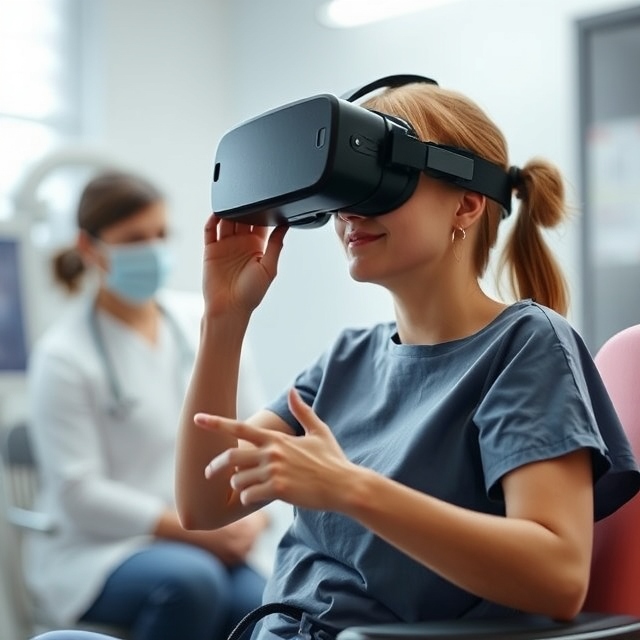
Virtual Reality in Medical Simulation Centers
One of the most promising applications of virtual reality in the healthcare field is its integration into medical simulation centers. By creating realistic and immersive scenarios, virtual reality technology offers healthcare professionals a safe environment to practice and refine their skills. This hands-on experience enables learners to engage in realistic medical situations, ranging from routine procedures to complex surgeries, without putting real patients at risk.
Moreover, virtual reality simulations allow healthcare professionals to gain confidence and proficiency in a controlled setting, leading to enhanced performance in real-life scenarios. By replicating the challenges and nuances of medical procedures, virtual reality in simulation centers helps bridge the gap between theoretical knowledge and practical application. This innovative approach not only improves skills mastery but also contributes to greater patient safety and quality of care in the healthcare sector.
Innovations in Healthcare Training with Virtual Reality
Virtual reality has revolutionized healthcare training by offering immersive and interactive simulations for medical professionals. Through virtual reality technology, healthcare providers can practice complex surgical procedures, medical interventions, and emergency scenarios in a controlled virtual environment. This innovative approach allows trainees to enhance their skills, improve decision-making abilities, and gain valuable hands-on experience in a risk-free setting.
Furthermore, virtual reality simulations enable healthcare students to learn anatomy, patient assessment, and treatment protocols in a realistic and engaging manner. By incorporating virtual reality into medical education curricula, institutions can provide learning experiences that are dynamic, interactive, and tailored to individual learning styles. This integration of technology not only enhances the training of future healthcare professionals but also ensures that they are well-prepared to deliver high-quality care to patients across various healthcare settings.
Virtual Reality for Medical Team Collaboration
Virtual reality (VR) technology is transforming the way medical teams collaborate and work together on complex cases. By immersing healthcare professionals in realistic virtual environments, VR enhances communication and coordination among team members, leading to more effective decision-making and improved patient outcomes. Through collaborative VR platforms, medical teams can visualize patient data, discuss treatment plans, and practice procedures together in a virtual space, regardless of their physical locations.
In addition to enhancing communication and teamwork, VR for medical team collaboration also fosters continuous learning and professional development. By enabling healthcare providers to engage in realistic simulations and virtual training exercises as a team, VR facilitates the sharing of knowledge and best practices within interdisciplinary medical teams. This collaborative approach not only improves the skills and confidence of individual team members but also strengthens the overall teamwork and performance of healthcare teams in delivering high-quality patient care.
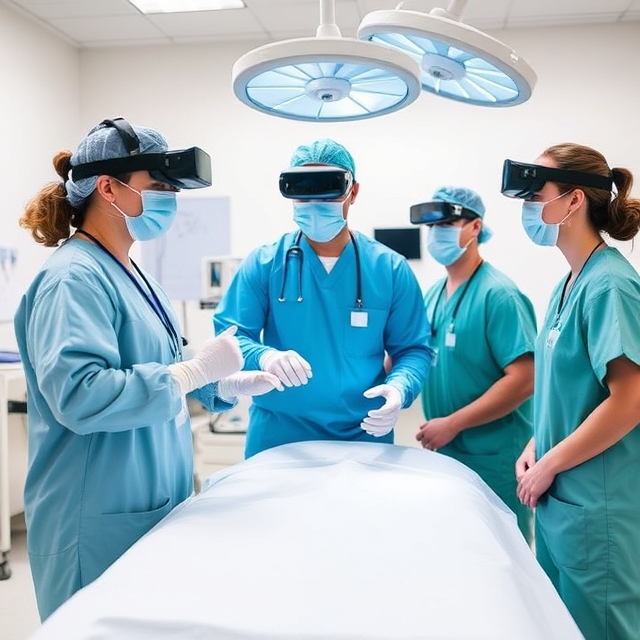
The Ethical Implications of Virtual Reality in Healthcare.
Virtual reality technology in healthcare presents a myriad of ethical considerations that need to be carefully addressed. One major concern is patient privacy and data security. As virtual reality applications collect and store personal health information for educational or diagnostic purposes, there is a risk of unauthorized access or data breaches. Healthcare providers must ensure robust encryption and secure data storage protocols to safeguard patient confidentiality.
Another ethical issue is the potential for augmented reality simulations to desensitize healthcare professionals to real-life patient experiences. While virtual reality can offer valuable training opportunities, there is a risk of detachment from the emotional and ethical complexities of patient care. Striking a balance between using virtual reality for skill enhancement and maintaining empathy and human connection in healthcare practice is crucial. Healthcare institutions must prioritize empathy and ethical decision-making in conjunction with virtual reality training programs to ensure high-quality patient care.

